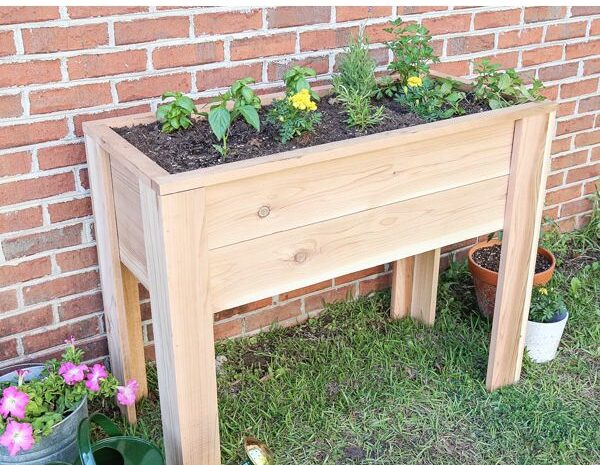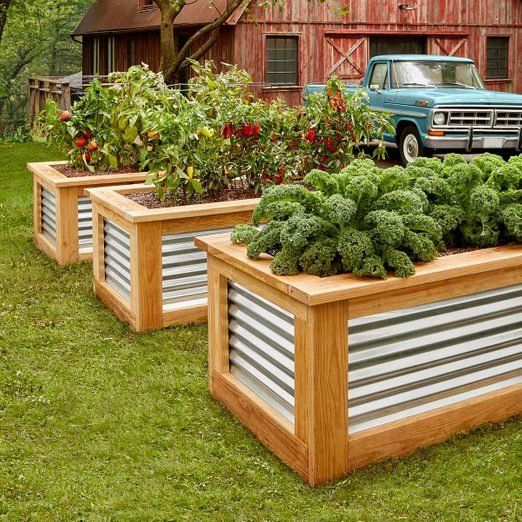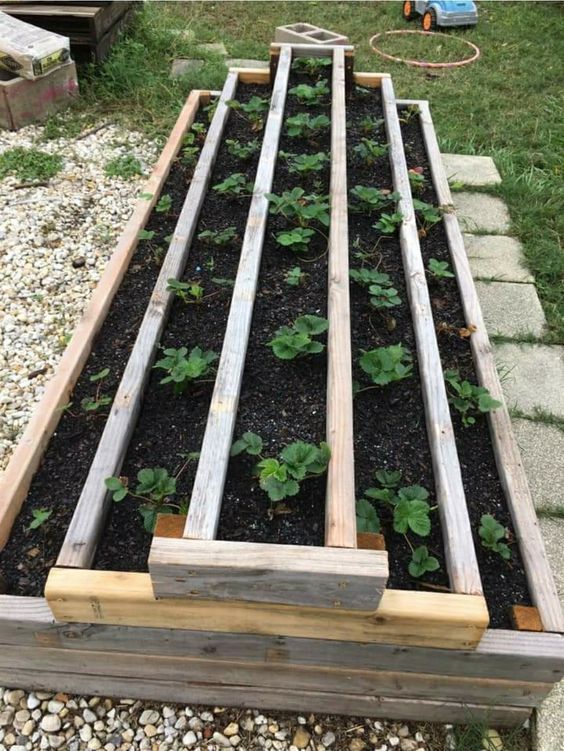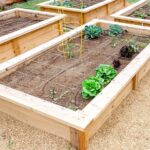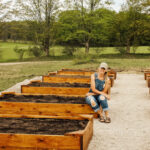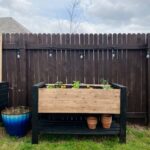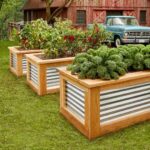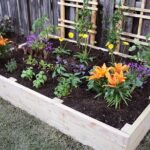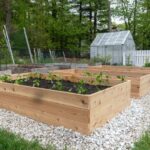Raised garden beds are a popular and practical way to grow plants in a controlled environment. Building your own raised garden beds can be a fun and rewarding DIY project that allows you to customize the size, shape, and materials used.
One of the main benefits of raised garden beds is that they provide better soil drainage and aeration compared to traditional in-ground gardens. This can help prevent waterlogging and root rot, which are common issues in gardens with poor drainage. Raised beds also make it easier to amend the soil with compost or other organic matter to improve fertility.
To build a raised garden bed, you will need to choose a location that receives adequate sunlight and is easily accessible for planting, weeding, and harvesting. You can use a variety of materials to construct the bed, such as wood, stone, brick, or even recycled materials like old pallets or tires. Wooden beds are a popular choice due to their affordability, ease of construction, and natural aesthetic appeal.
When building the raised bed, make sure to use untreated wood or a rot-resistant material to prevent chemicals from leaching into the soil and affecting plant growth. You can also line the inside of the bed with landscape fabric to prevent soil from spilling out while still allowing for drainage. Depending on the size and height of the bed, you may also want to add a layer of gravel or crushed rock at the bottom for additional drainage.
After the bed is constructed, fill it with a mixture of topsoil, compost, and other organic matter to create a nutrient-rich growing medium. You can also add a layer of mulch on top to help retain moisture and suppress weeds. Raised garden beds are ideal for growing a variety of vegetables, herbs, flowers, and even small fruit trees. With proper care and maintenance, your DIY raised garden beds can provide a bountiful and beautiful harvest for years to come.
